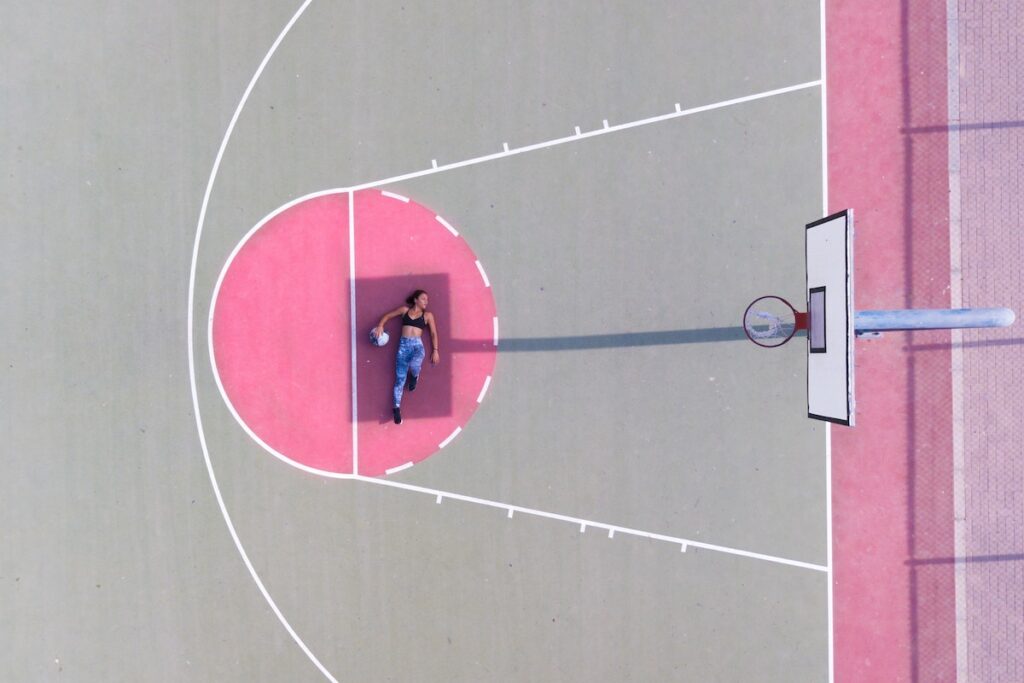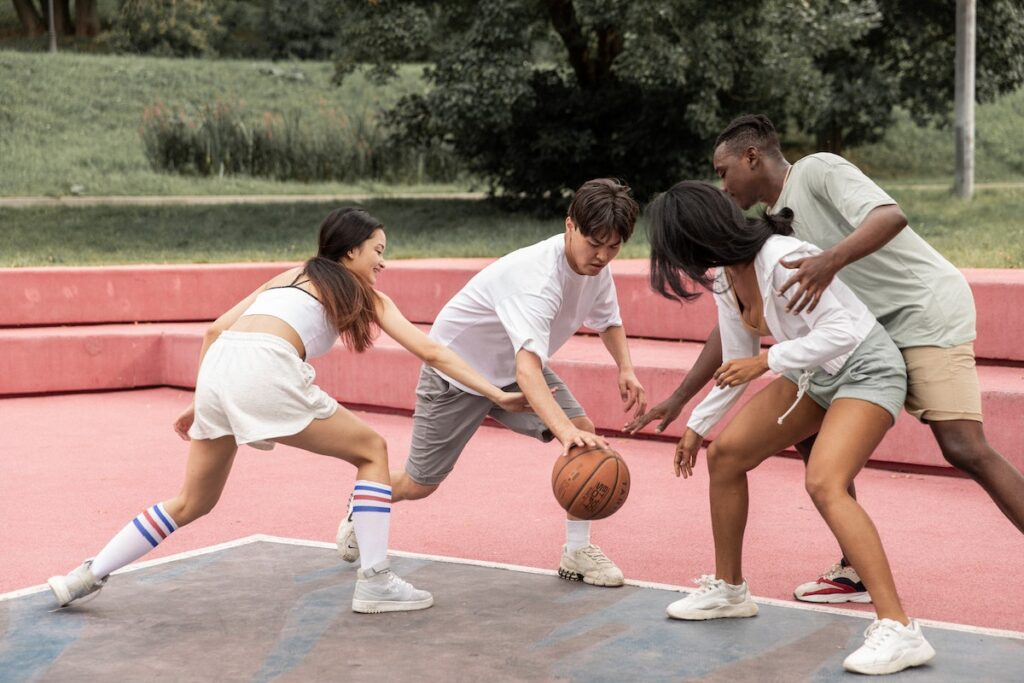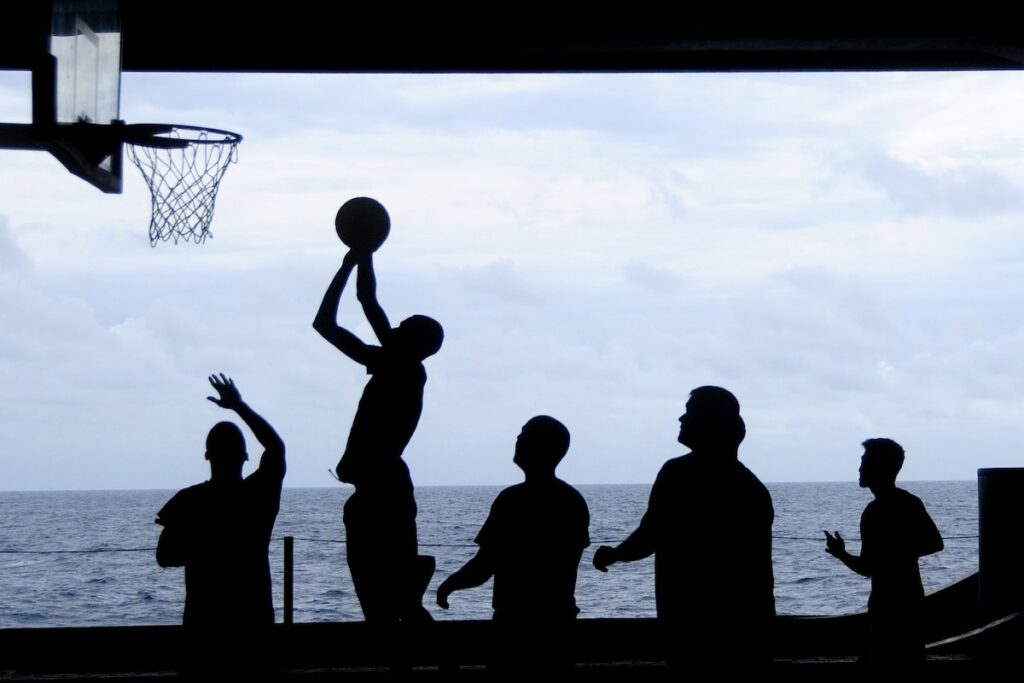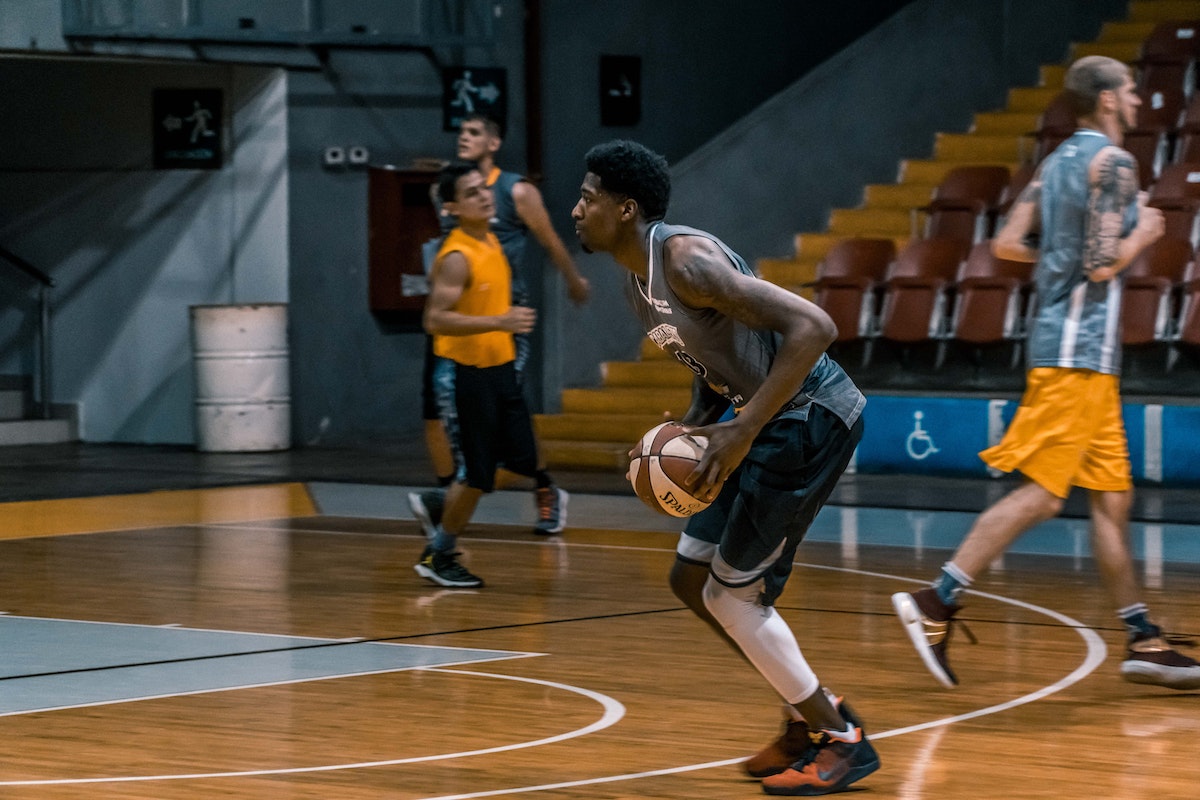Playing basketball is a lot of fun, but sometimes, accidents happen. A common problem is a basketball knee injury. This injury can occur when jumping, running, or making sudden movements on the court. In this blog post, we’ll explore different ways to handle this problem with the help of physical therapy. Let’s dive in!
Assessing the Injury
The first step in treating a basketball knee injury is understanding what’s wrong. This might involve going to a doctor or physiotherapist for a physical examination. During the exam, they’ll check the joint’s range of motion and assess any swelling, pain, or tenderness. They might also order X-rays to evaluate the condition of the knee. The American Academy of Orthopedic Surgeons offers some helpful information on knee pain, including the types that athletes often suffer from.
Specific injuries related to the knee joint may include problems with the anterior cruciate ligament (ACL), a condition known as jumper’s knee, or issues with the patellar tendon. ACL injuries are common in basketball and can be serious, requiring proper care and therapy. On the other hand, Jumper’s knee is an inflammation or damage of the patellar tendon, often caused by repetitive jumping and landing. Understanding the exact nature of the injury is crucial for selecting the correct treatment approach and can significantly impact the recovery process. The American Academy of Orthopedic Surgeons offers some information on ACL and other knee pain, including the types that athletes often suffer from.
Setting Treatment Goals
Treatment goals are important to help heal a basketball knee injury. The main goals include reducing knee pain after basketball and getting back to playing as soon as possible. A physical therapist will set up a plan for you, with exercises and treatments to get you back in the game.
Pain Management

If you’re suffering from basketball-related knee pain, you probably searched “knee pain in both knees basketball player” or something similar. The first step in managing knee pain is reducing inflammation. To do this, your physical therapist might recommend cold or hot compresses to the affected area and anti-inflammatory medications if needed. They may also suggest exercises to help improve flexibility and range of motion.
It’s important to follow all instructions the physical therapist gives. This will help ensure that your treatment is both successful and safe. After all, no one wants to suffer further damage due to a lack of proper care. The National Institutes of Health offers some guidelines on pain management that might be useful.
Restoring Range of Motion and Flexibility
After a basketball knee injury, moving your knee like you used to might be hard. Physical therapy can help with that! By doing certain stretches and exercises, you can get your knee moving again. This helps you to be more comfortable and makes it easier to do everyday things like walking or climbing stairs.
Strengthening and Conditioning
Once the pain is under control, it’s time to strengthen the knee. This can prevent knee pain after basketball in the future. Special exercises focusing on the knee muscles can make them stronger and more stable. This part of therapy might also include tips on how to play basketball more safely.
Functional Rehabilitation

Getting back to normal life is important. Functional rehabilitation helps you do that by teaching you how to treat knee pain from basketball and do normal activities without hurting your knee again. This might include exercises like the sports you play, like basketball drills or running exercises.
Return to Play
Returning to play after a basketball knee injury is a big step. Your physical therapist will work with you to make sure you’re ready. This might include checking how strong your knee is and how well you can move. If everything looks good, you’ll get the green light to return to the court!
Additional Treatment Modalities and Techniques
Sometimes, more help is needed to heal a basketball-related knee injury. Some people might also benefit from sports physical therapy. Your physical therapist might use special techniques like massage or equipment like a treadmill. The University of Michigan Health System has a great resource on sports rehabilitation techniques and modalities for knee pain.
Common basketball knee injuries, such as those associated with overuse or trauma, require specialized care tailored to the unique demands of the sport. For example, overuse injuries may be prevalent among basketball players, and dealing with this specific type of injury requires understanding the game’s physical requirements. Traumatic knee injuries might need different rehabilitation techniques focusing on restoring strength and stability. Additionally, considering basketball-related knee pain, treatment may include modalities designed to address the specific movements and stresses on the basketball court. By recognizing the varied nature of basketball injuries, therapists can apply targeted treatment modalities and techniques to optimize recovery and return to play.
Game Over for Knee Pain: The Final Buzzer

A basketball knee injury can be tough, but with the right care, you can get back to playing the game you love. By working with a physical therapist, following a treatment plan, and taking good care of your knee, you’ll be back on the court before you know it. Stay safe, and happy playing!
It’s essential to remember that each basketball knee injury is unique, and the right treatment plan should be personalized to your specific situation. From common basketball knee injuries to more complex problems like overuse or trauma, professional care can make all the difference. Don’t hesitate to seek expert advice and treatment, as early intervention can prevent further complications and support a smoother recovery process.
If you’re dealing with knee pain after basketball or any other sports-related injuries and you are in OrMobility, consider reaching out to OrMobility Physical Therapy & Performance Roseburg OrMobility. Our experienced team of physical therapists specializes in treating sports injuries, offering personalized care to help you get back to your best. Whether it’s knee pain in both knees as a basketball player or specific strategies for treating knee pain from basketball, we have the expertise to support your healing journey. Contact us today and take the first step toward a full recovery!



